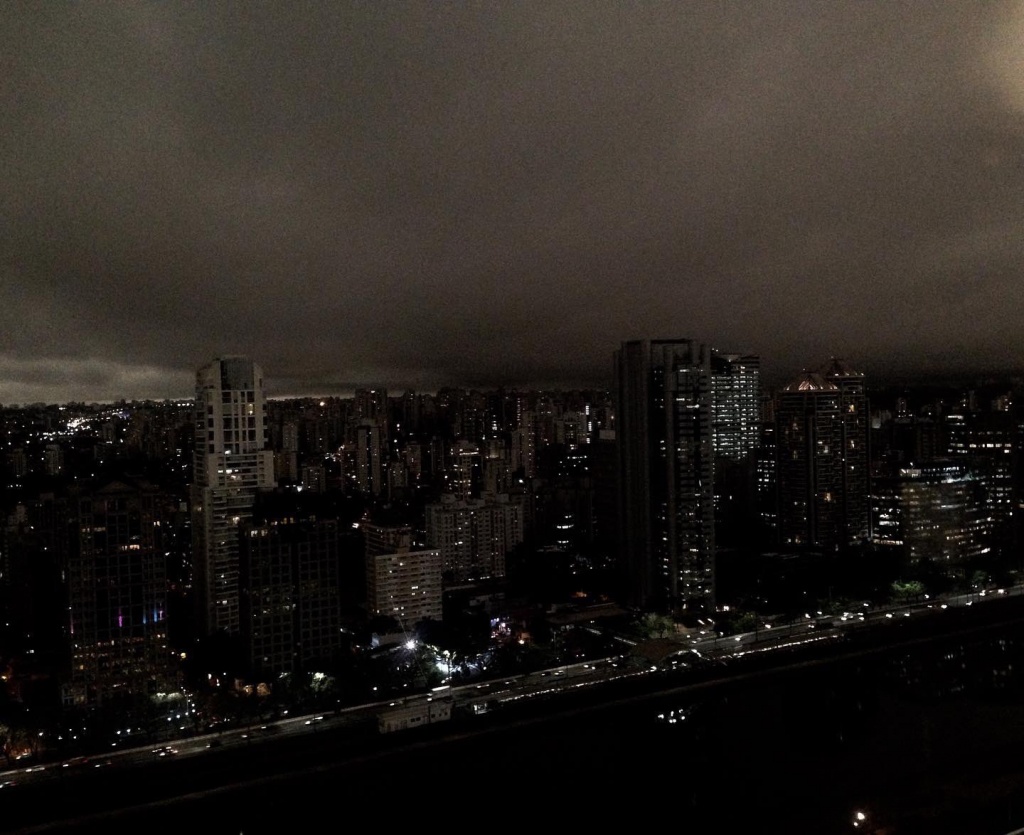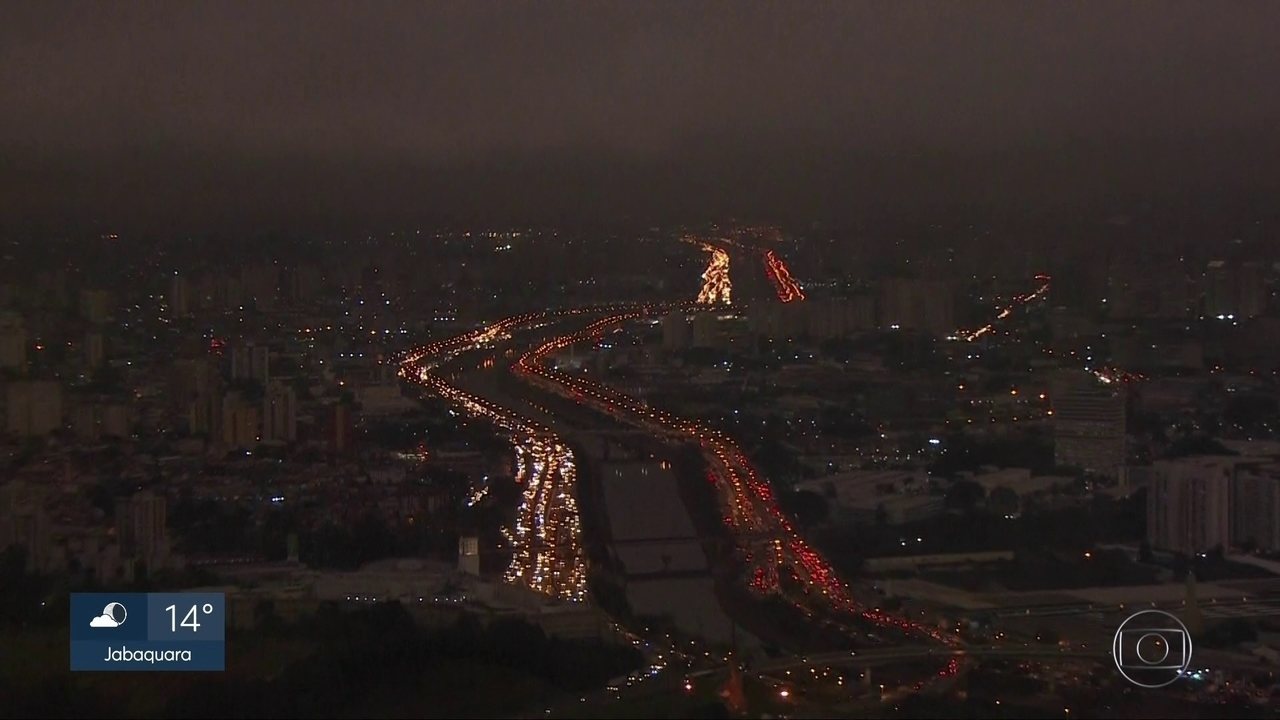RIO DE JANEIRO, BRAZIL – The frequency of fire outbreaks in Brazil this year has increased by 82 percent as compared to 2018. This year there have been 71,497 incidents from January 2019 to August 2019, as compared to 39,194 reported last year.

This is the highest number that has been recorded in Brazil in the last seven years. The available data has been generated by the National Institute for Space Research (INPE) based on satellite images.
On Monday, areas of São Paulo, Mato Grosso do Sul, and northern Paraná, were completely covered by smoke, possibly from the Amazon. The dense smoke darkened the surroundings and made visibility difficult.
Around 3:00 PM, a thick dark mist covered the São Paulo capital leaving the city pitch dark. Experts believe that the smoke may have originated from fires in the Amazon forest in Brazil’s North, or that it may have originated from fires in other countries of Latin America.
Since the beginning of 2019, five states in Brazil had an above-average increase in the number of fires as compared to the same period last year.
Mato Grosso do Sul had an increase of 260 percent, Rondonia recorded 198 percent, Pará 188 percent, Acre 176 percent and Rio de Janerio 173 percent as compared to 2018. The state of Mato Grosso had the highest total number of incidences: 13,641 fires, or nineteen percent of the national total.
In the last 48 hours (through August 19th), Brazil had 5,253 fires detected by the INPE system. Bolivia, Peru, and Paraguay continue with 1,618, 1,166 and 465 fires, respectively. On Saturday, August 17th, the International Airport of Viru Viru, Bolivia, was closed due to low visibility.

Alberto Setzer, a researcher with the INPE Burning Program, said that despite the high number of fires, the arrival of smoke from the northern region to the southeast is not a rare phenomenon.
He says that “a little more reddish” sunset is one of the signs, but in lesser intensity than was seen on Monday. The researcher also explains that El Niño has an effect that increases the drought, but does not cause an increase in fires. The phenomenon helps to increase the “spread of fire”.
“No wonder the airport in Bolivia is closed and the hospitals are crowded with people with breathing problems,” Setzer said. The researcher recalls a similar case of the descent of smoke occurred on August 9th of this year, but that did not hit the city of São Paulo as much.
The INPE data also indicates the number of Conservation Units and Indigenous Lands that suffer from the fires are 32 and 36, respectively. Forest fires also affected other parts of the world in July; the U.S. space agency (NASA) points to more than 2.7 million hectares in Siberia and in Spain, the Copernicus Monitoring System, supported by the European Space Agency (ESA), recorded the worst series of forest fires in twenty years.

